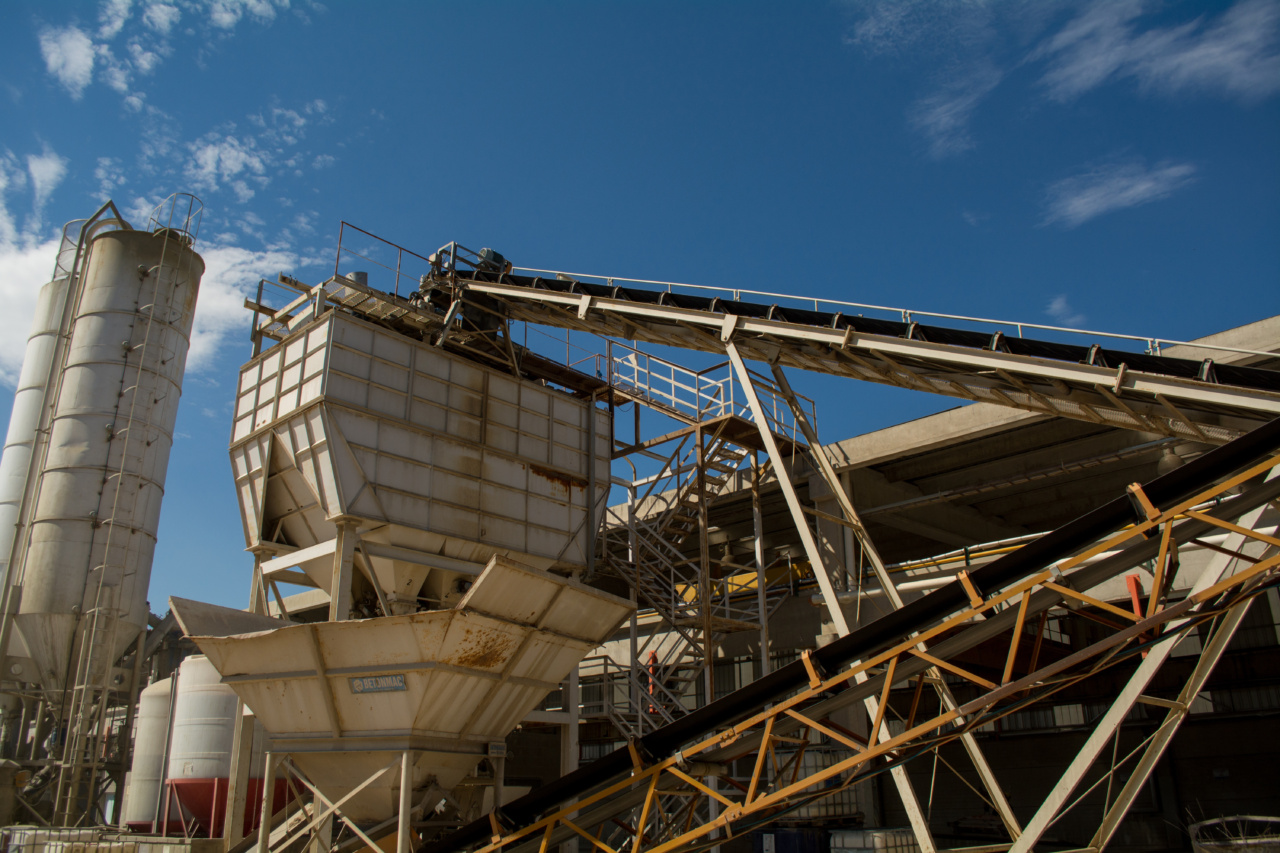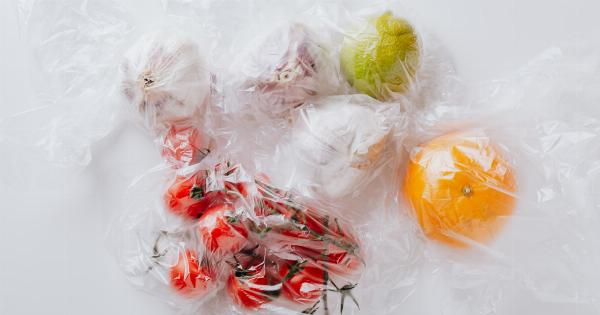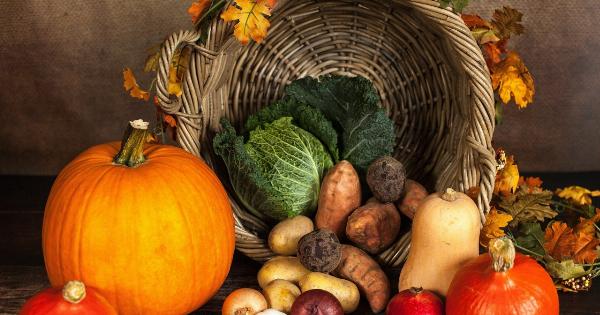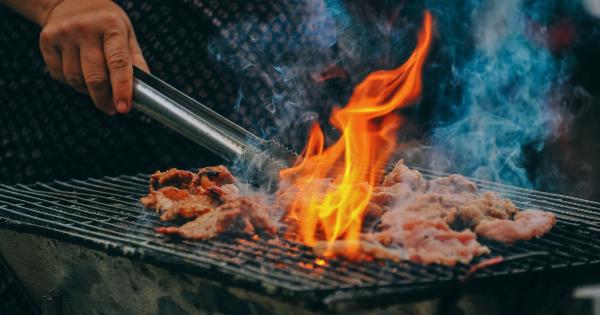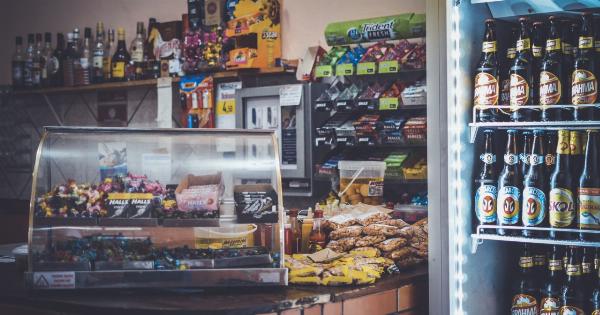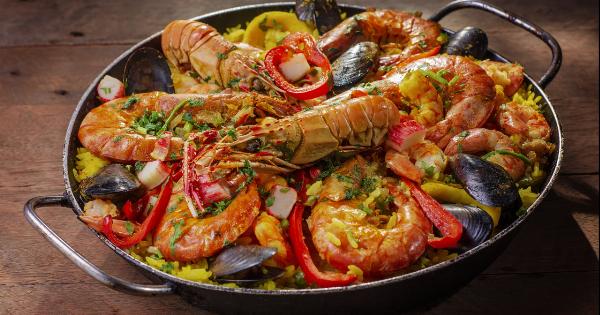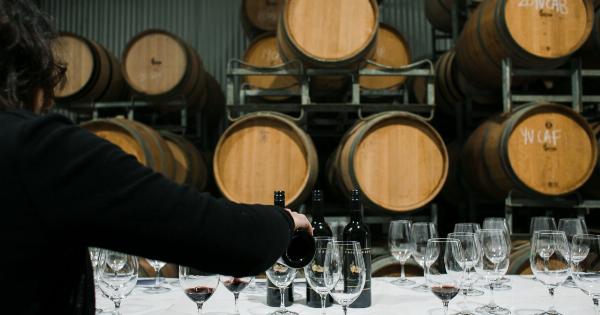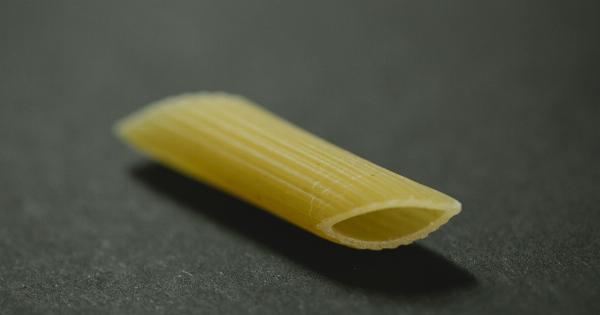When it comes to aging certain foods and beverages, the power of low temperatures cannot be underestimated.
Whether it’s aging wine, cheese, or even meat, chilling these products to just the right temperature can enhance their flavors, textures, and overall quality. In this article, we will explore the fascinating world of aging and the role that low temperatures play in this process.
The Science of Aging
Aging is a natural process that involves the breakdown of complex molecules over time. This process can result in the development of new flavors, aromas, and textures.
However, aging is a delicate balance, and too much exposure to oxygen, light, or heat can quickly deteriorate the quality of a product.
That’s where low temperatures come into play. By keeping foods and beverages at controlled temperatures, the aging process can be slowed down while still allowing the desirable changes to occur.
Through precise temperature control, producers can manipulate the aging process to achieve specific results.
Wine: Unlocking Flavor Potential
One of the most well-known examples of aging with low temperatures is wine. Aging wine at cooler temperatures helps to preserve the delicate flavors and aromas that develop over time.
White wines, for example, benefit from aging in cool environments to maintain their vibrant acidity and fruit-forward profiles.
Red wines, on the other hand, can develop more complex flavors and smoother tannins when aged at slightly warmer temperatures. By carefully controlling the temperature, winemakers can achieve the perfect balance of flavors in each bottle.
Cheese: From Fresh to Aged
Cheese is another prime example of how low temperatures can greatly impact the aging process. Fresh cheeses, like mozzarella or feta, are best enjoyed within a few days of production.
These cheeses have a high moisture content and don’t benefit from further aging.
However, for aged cheeses like Parmesan or Gouda, low temperatures are essential. Aging cheese at lower temperatures helps to develop complex flavors, intensify aromas, and create desirable textures.
The breakdown of proteins and fats during this period results in the signature characteristics of well-aged cheese.
Meat: The Quest for Tenderness
Aging meat is a time-honored tradition that improves its tenderness and flavor. However, getting it right requires careful temperature control.
By aging meat at cool temperatures, enzymes naturally present in the muscle fibers can work their magic, breaking down collagen and turning tough cuts into tender, juicy steaks.
The process involves dry aging or wet aging the meat, both of which can achieve different results. Dry aging, done at temperatures just above freezing, allows for the development of unique flavors and intensifies the meaty taste.
Wet aging, on the other hand, takes place in vacuum-sealed packaging at temperatures just above refrigeration levels, preserving moisture content and enhancing tenderness.
Low Temperature Aging at Home
While the controlled conditions of professional facilities are ideal for aging products, enthusiasts can also explore the world of low temperature aging at home.
Home refrigerators can be used for aging certain foods and beverages, with some modifications to ensure optimal conditions.
For example, wine enthusiasts can invest in a wine refrigerator that allows for precise temperature control. Cheese lovers can create their own aging chambers, using separate mini-fridges with adjustable temperature settings.
By replicating the right conditions, home aging can yield impressive results.
Preservation and Extended Shelf Life
In addition to enhancing flavors, low temperature aging also plays a crucial role in food preservation and extending shelf life.
By keeping perishable foods at optimal temperatures, their freshness is preserved, preventing spoilage and reducing the risk of foodborne illnesses.
From commercial freezers to household refrigerators, low temperatures halt the growth of bacteria and slow down the degradation of food.
This allows consumers to enjoy a wider range of products for longer periods, reducing food waste and ensuring quality.
Conclusion
Understanding the power of low temperatures in aging opens up a world of possibilities in the culinary arts.
Whether it’s aging wine, cheese, or meat, the controlled environment provided by low temperatures allows for the development of complex flavors, improved textures, and extended shelf life. From professional facilities to home setups, the art of low temperature aging continues to push the boundaries of taste and quality.
